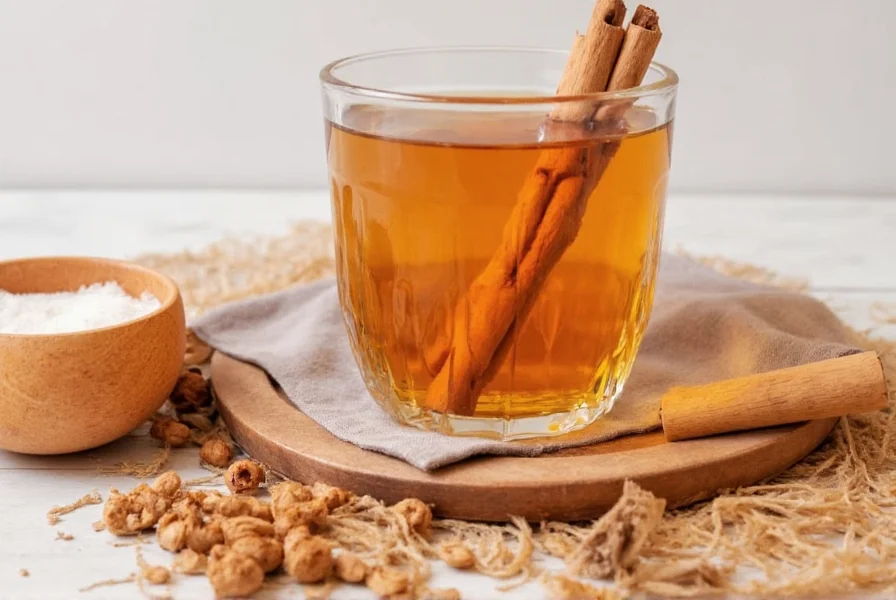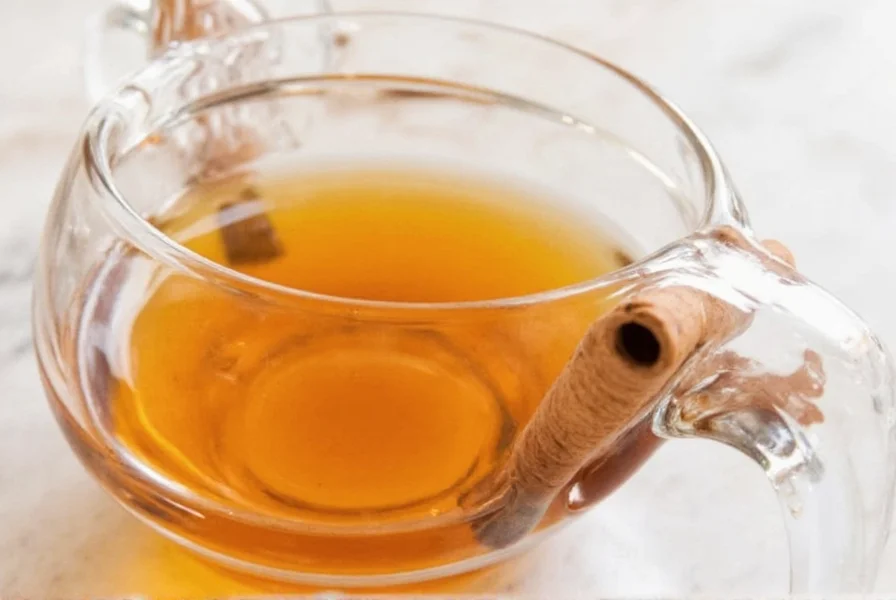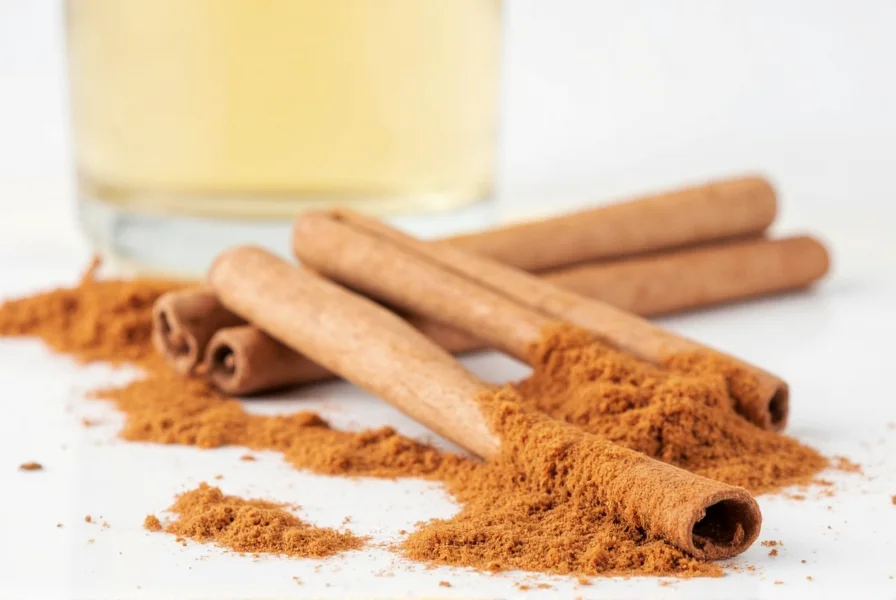Apple cider vinegar and cinnamon have both been used for centuries in traditional medicine practices. While modern research provides some evidence for their individual health properties, the combination of ACV with cinnamon has gained popularity largely through wellness trends rather than robust scientific validation. Understanding what these ingredients actually offer—and what remains unsubstantiated—is crucial for making informed decisions about incorporating them into your routine.
The Science Behind ACV and Cinnamon
Apple cider vinegar contains acetic acid, which research suggests may help with blood sugar regulation. A 2020 review published in the Journal of Functional Foods found that vinegar consumption could improve insulin sensitivity and lower blood glucose levels after meals. Cinnamon, particularly Ceylon cinnamon, contains compounds like cinnamaldehyde that may also support metabolic health.
When examining acv with cinnamon for blood sugar control, some studies show promising results. Research in the Journal of the Academy of Nutrition and Dietetics indicated that consuming vinegar before a high-carbohydrate meal reduced postprandial glucose levels by 34% in insulin-resistant subjects. While no major studies specifically examine the ACV-cinnamon combination, their individual mechanisms suggest potential synergistic effects for metabolic health.
Evaluating Popular Health Claims
The wellness community often promotes acv and cinnamon weight loss benefits, but scientific support for significant weight reduction is limited. A small study in Bioscience, Biotechnology, and Biochemistry found that vinegar consumption led to modest weight loss (2-4 pounds over 12 weeks) in obese subjects, but this wasn't specifically with cinnamon.
| Common Claim | Scientific Support | Realistic Expectation |
|---|---|---|
| Significant weight loss | Limited evidence for modest effects | Minor contribution when combined with diet/exercise |
| Blood sugar regulation | Moderate evidence for individual ingredients | May support but not replace diabetes management |
| Detoxification | No scientific evidence | Body naturally detoxifies; no added benefit |
| Immune system boost | Indirect support through antioxidant properties | Minor potential support as part of healthy diet |
Safety Considerations for ACV with Cinnamon
While generally safe for most people, acv with cinnamon side effects can occur with excessive consumption. The acidity of ACV may erode tooth enamel, cause throat irritation, or interact with certain medications like diuretics and diabetes drugs. Cinnamon, especially Cassia variety, contains coumarin which in large amounts may affect liver function.
Individuals with the following conditions should consult healthcare providers before regular consumption:
- Diabetes (due to potential blood sugar lowering effects)
- Gastroesophageal reflux disease (GERD)
- Low potassium levels
- Liver conditions
- Those taking medications metabolized by the liver
How to Use ACV with Cinnamon Properly
For those interested in trying acv and cinnamon for digestion or other potential benefits, proper preparation matters. The most common method involves:
- Mixing 1-2 teaspoons of raw, unfiltered ACV with the 'mother' in 8 ounces of water
- Adding 1/4 to 1/2 teaspoon of Ceylon cinnamon (preferred over Cassia for lower coumarin)
- Consuming 15-30 minutes before meals, particularly carbohydrate-rich meals
- Using a straw to minimize contact with teeth
- Rinsing mouth with plain water afterward
Starting with smaller amounts (1 teaspoon ACV, 1/8 teaspoon cinnamon) allows your body to adjust. Never consume ACV undiluted, as its high acidity (pH 2-3) can damage the esophagus and stomach lining.

Evidence-Based Usage Recommendations
Based on current research, here's what constitutes effective acv with cinnamon dosage for potential health benefits:
- For blood sugar management: 1-2 teaspoons ACV with 1/4 teaspoon cinnamon before carbohydrate-containing meals
- For digestive support: 1 teaspoon ACV with a pinch of cinnamon before meals
- Maximum daily intake: No more than 2 tablespoons ACV and 1 teaspoon cinnamon total
Consistency matters more than quantity—daily consumption for several weeks may be needed to observe potential benefits. Remember that acv cinnamon drink benefits are generally modest and work best as part of an overall healthy lifestyle rather than as standalone solutions.
What Research Doesn't Support
Despite popular claims, scientific evidence does not support using acv with cinnamon for weight loss as a significant standalone intervention. A comprehensive review in Nutrition Reviews concluded that while vinegar may contribute to modest weight reduction, effects are minimal without dietary changes and exercise.
Similarly, claims about acv and cinnamon detox are misleading. The human body has sophisticated natural detoxification systems (liver, kidneys) that don't require external 'cleansing' agents. While both ingredients contain antioxidants that support overall health, they don't 'detox' the body in the way often advertised.

Practical Integration into Daily Routine
For those seeking how to take acv with cinnamon for best results, consider these evidence-informed approaches:
- Morning routine: Mix in warm water with lemon for potential digestive support
- Pre-meal: Consume before carbohydrate-rich meals to potentially moderate blood sugar response
- Smoothie addition: Blend small amounts into fruit smoothies to mask taste
- Salad dressing: Combine with olive oil for a healthful dressing option
Timing appears important for maximizing potential benefits. Research suggests consuming ACV before meals yields better blood sugar results than taking it after eating. The cinnamon-ACV combination may be most beneficial when taken consistently before main meals rather than at random times throughout the day.
Conclusion: Managing Expectations
The combination of ACV with cinnamon offers potential modest health benefits, particularly for blood sugar regulation and digestive support, but these effects are generally subtle and work best as part of comprehensive healthy lifestyle practices. While both ingredients have historical use and some scientific backing for individual properties, the specific synergy between them remains under-researched.
When considering is acv with cinnamon good for you, the answer depends on realistic expectations and proper usage. It's not a miracle cure, but as a small component of a balanced diet, it may provide some health-supportive properties. Always prioritize evidence-based approaches to health and consult healthcare professionals before making significant dietary changes, especially if managing health conditions.











 浙公网安备
33010002000092号
浙公网安备
33010002000092号 浙B2-20120091-4
浙B2-20120091-4